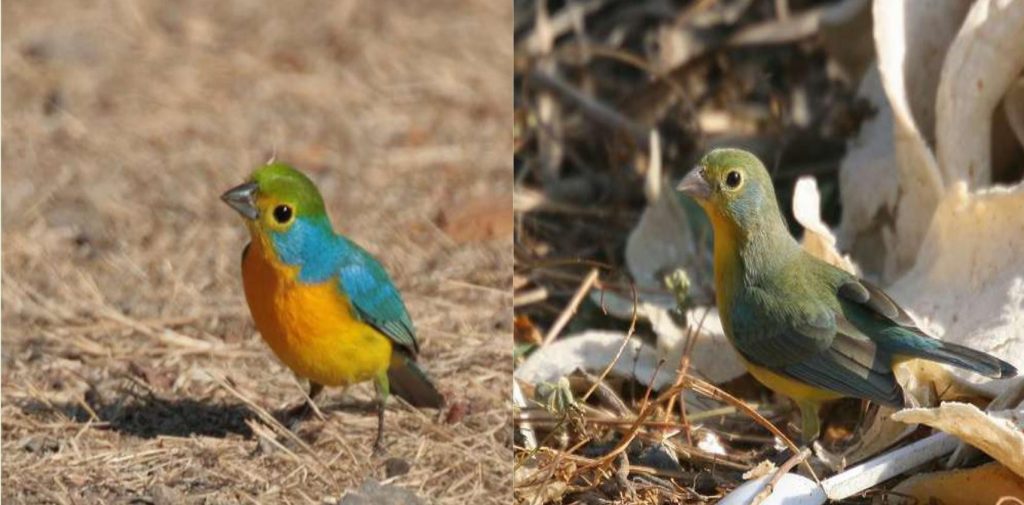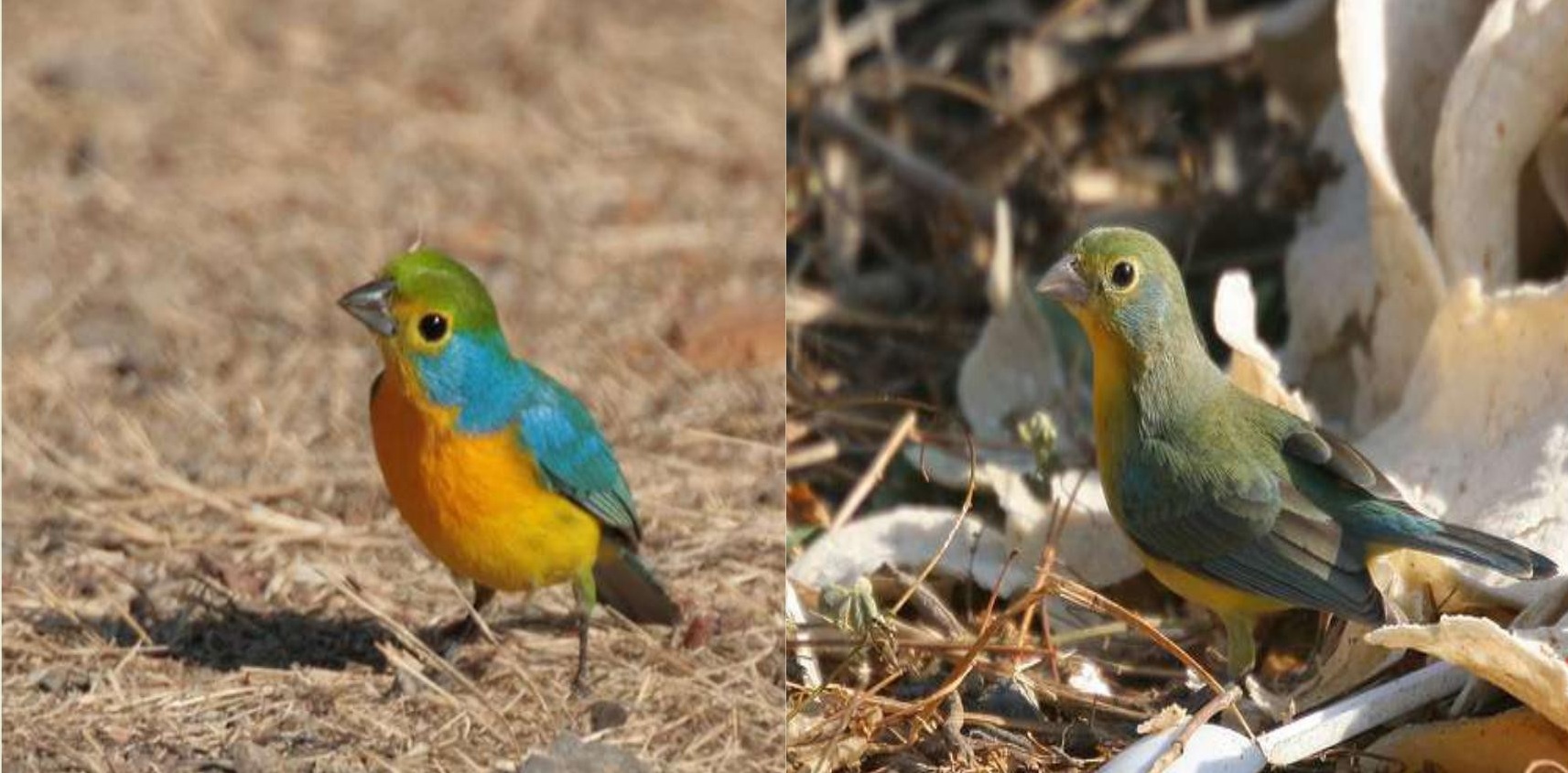By Howard Platt from the May 2011 Edition
 One of the many delights of Mexico is the orange-breasted bunting. Many other enjoyments of winter visitors to Mexico include margaritas and special Mexican foods, but upon returning home, whilst it is possible to how to deal with any Mexico withdrawal symptoms by making one’s own margaritas, the buntings cannot be replaced. These little birds only live along the west coat of Mexico, from Jalisco to Chiapas, going just a little distance inland. Enjoy them in their own habitat while you have the chance.
One of the many delights of Mexico is the orange-breasted bunting. Many other enjoyments of winter visitors to Mexico include margaritas and special Mexican foods, but upon returning home, whilst it is possible to how to deal with any Mexico withdrawal symptoms by making one’s own margaritas, the buntings cannot be replaced. These little birds only live along the west coat of Mexico, from Jalisco to Chiapas, going just a little distance inland. Enjoy them in their own habitat while you have the chance.
There are a number of buntings in North America, all small birds rather like the sparrow but with the defining feature of a conical beak. This beak is perfect for dealing with various types of seed they like. Sparrows and other bunting seed-eaters, such as blue buntings, varied buntings and painted buntings feed in similar treed areas but the orange-breasted buntings concentrate on the ground.
According to my bird books, the mates are territorial in the breeding season as they try to attract the females. Unlike most buntings, the male and female orange-breasted bunting appears quite similar except that the male is brighter in colour, especially in the mating season whilst the plumage of the female and young remains quite dull in comparison at that time. Moulting for these birds is twice a year, they have short tails, short slim legs with bills much shorter than those of the cardinals.
Once the young have fledged, territorial behaviours end and the buntings then gather and feed in groups. Preferred eating habits are of seeds in the winter and insects in the summer.
Download the full edition or view it online
Manzanillo Sun’s eMagazine written by local authors about living in Manzanillo and Mexico, since 2009




You must be logged in to post a comment.